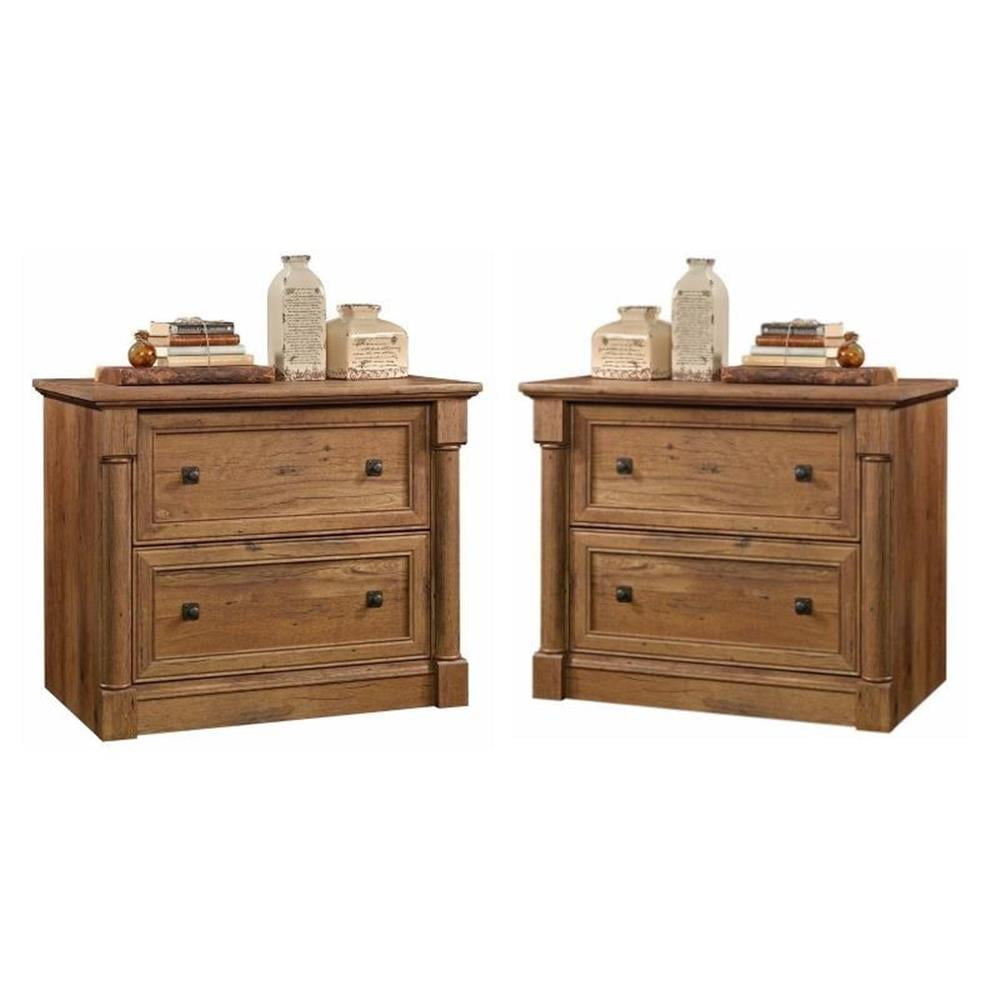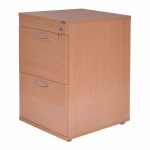History and Evolution of Wood Filing Cabinets
The story of wood filing cabinets stretches back decades. Their influence on office organization is undeniable. Initially, cabinets were simple boxes with slots for papers. They evolved as the need for organization grew. By the late 19th century, offices were using vertical filing systems. The concept of vintage wood filing cabinets took shape during this period.
Designers crafted cabinets from durable woods like oak, pine, and mahogany. As times changed, so did the design of these cabinets. They became more intricate. Some featured ornate carvings or brass hardware. Others were simpler but boasted fine craftsmanship. These trends reflected the era’s style and needs for functionality.
The mid 20th century introduced sleeker lines and modular forms. Despite changes in trends, the charm of vintage wood filing cabinets endured. People still seek these pieces for their durability and aesthetic. They are a nod to a time when craftsmanship was paramount. Their evolution tells a story of changing office landscapes. Yet their purpose remains the same. They organize documents and add character to workspaces. Vintage wood filing cabinets are not just furniture. They are pieces of history that can still serve a modern function.
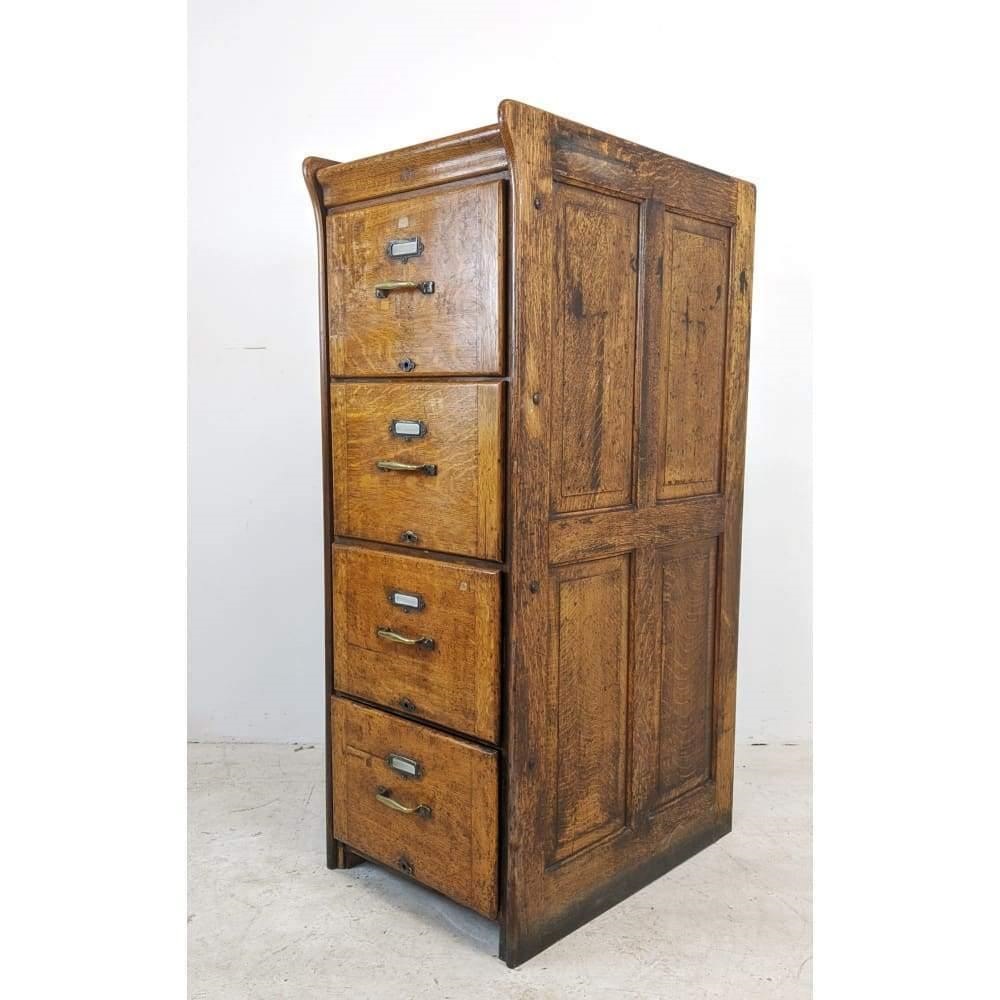
Popular Styles of Vintage Wood Filing Cabinets
Among the various styles, certain designs of vintage wood filing cabinets stand out due to their distinct characteristics and popularity. Here are some of the styles that remain highly sought after:
- Flat File Cabinets: These low-rise units host large drawers to hold documents flat rather than folded or rolled, ideal for blueprints or artwork.
- Vertical File Cabinets: This classic design occupies less floor space. It provides deep drawers stacked on top of each other, and some may include a lock for added security.
- Lateral File Cabinets: Wider than they are deep, lateral cabinets allow for side-by-side filing and are suitable for larger documents.
- Card Catalog Cabinets: Once fixtures in libraries, these cabinets have many small drawers, perfect for crafting supplies or small collections.
- Roll-Top Cabinets: Featuring a curved, sliding door that rolls down to close, roll-top cabinets offer an aesthetically pleasing and secure option.
- Legal Size Cabinets: As the name suggests, these are designed to accommodate legal-size documents and are typically wider than standard file cabinets.
Each of these styles has its own appeal and serves different organizational needs. When choosing a vintage wood filing cabinet, consider both the aesthetic and functional requirements of your space to find the perfect piece.
Choosing the Right Vintage Wood Filing Cabinet for Your Space
Selecting the ideal vintage wood filing cabinet requires a blend of style and function. Here’s how to make the best choice for your space:
- Assess Your Space: Measure the area where you plan to place the cabinet. Ensure there is enough room for the doors or drawers to open.
- Storage Needs: Think about what you will store. Legal documents need a legal size cabinet. Smaller items work well in card catalog cabinets.
- Design Preferences: Match the cabinet to your room’s decor. A roll-top cabinet may suit a traditional space. A flat file could go well with a minimalist design.
- Material Quality: Check for signs of quality in vintage wood filing cabinets. Durable wood like oak or mahogany indicates a long-lasting piece.
- Working Conditions: Make sure drawers slide smoothly and hardware functions properly. A cabinet in good working order saves you future repair costs.
- Budget: Vintage pieces vary in price. Set a budget and stick to it. This will help narrow down your choices.
Remember, the right cabinet should fit effortlessly into your space and meet your organizational needs. By considering these factors, you’ll find a vintage wood filing cabinet that is both chic and practical.
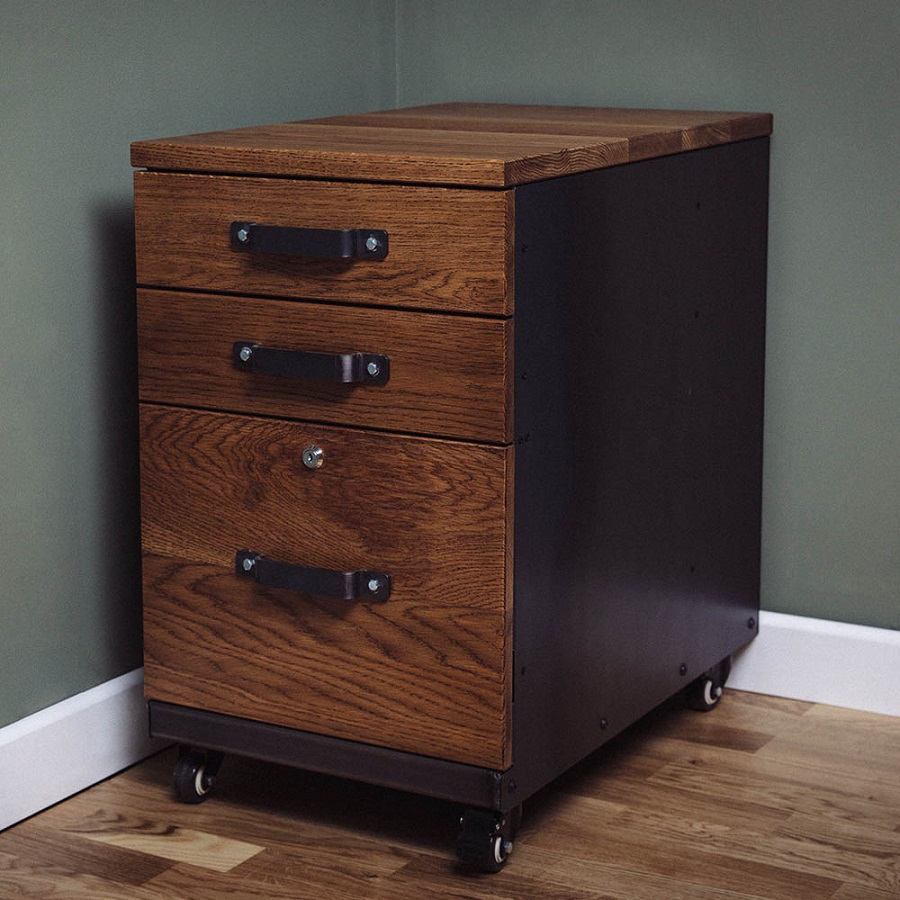
The Craftsmanship Behind Vintage Wood Filing Cabinets
The true beauty of vintage wood filing cabinets lies in their craftsmanship. Each cabinet tells a tale of artistry and skill. Let’s delve into what makes them so special.
- Quality Materials: Craftsmen selected premium woods like oak, pine, and mahogany for their durability and rich finish. Quality wood ensured a long life for each piece.
- Handcrafted Details: Many vintage cabinets feature hand-carved details. Intricate designs and careful attention to detail were hallmarks of the time. This craftsmanship is rare in modern furniture.
- Dovetail Joints: Durable joinery techniques, like dovetail joints, are common in vintage pieces. They show a high level of skill and promise strength and durability.
- Original Hardware: Brass handles and fittings often grace vintage cabinets. They not only add to the aesthetic but also signify the cabinet’s authenticity.
- Unique Designs: No two vintage wood filing cabinets are exactly alike. Each craftsman brought his own style and flair to the design. This makes each cabinet unique.
- Function and Form: These cabinets were designed to be functional without sacrificing style. They fit the needs of their time while still appealing to modern tastes.
When considering vintage wood filing cabinets, admire the craftsmanship. It’s what sets them apart and has kept them cherished through the years.
How to Restore and Maintain Vintage Wood Filing Cabinets
Maintaining and restoring vintage wood filing cabinets can restore their beauty and functionality. Here are steps to help preserve these classic pieces:
- Clean Gently: Start by cleaning the cabinet with a mild soap and water mix. Avoid harsh chemicals that can damage the wood.
- Repair Damages: Address any loose joints or hardware. Tighten screws and, if needed, glue loose wood elements with wood adhesive.
- Sand and Refinish: If the finish is severely worn, lightly sand the surface. Then, apply a fresh coat of wood finish to bring back its original lustre.
- Oil Moving Parts: For smooth drawer operation, apply a small amount of oil to the sliders. Do not over-lubricate to avoid greasy buildup.
- Polish Hardware: Clean brass fittings with a proper polishing solution. This enhances the cabinet’s overall look.
- Protect From Moisture: Keep cabinets in a dry environment to prevent wood swelling or mold.
- Regular Checkups: Periodically inspect for signs of wear. Early detection can save major restoration work later.
By following these simple steps, you can ensure your vintage wood filing cabinets will continue looking great and functioning properly for years to come.
Integrating Vintage Wood Filing Cabinets into Modern Decor
Incorporating vintage wood filing cabinets into modern spaces can add a touch of timeless elegance. Here are key tips to blend these classic pieces with contemporary decor:
- Choose a Focal Point: Use a vintage cabinet as the room’s centerpiece. Let its unique design stand out amongst simpler, modern elements.
- Mix Materials: Pair the wood with modern materials. Metal, glass, and even plastic can complement the vintage wood texture.
- Maintain a Color Scheme: Stick to a cohesive color palette. This helps the cabinet fit into the modern space while maintaining its vintage charm.
- Add Modern Accessories: Place current decor items atop or around the cabinet. This creates a balance between old and new.
- Consider Function: Use the cabinet in a practical way. It could serve as a file holder, bookcase, or even a bar.
With thought and attention, vintage wood filing cabinets enhance modern interiors. They bring both function and a unique aesthetic to any room.
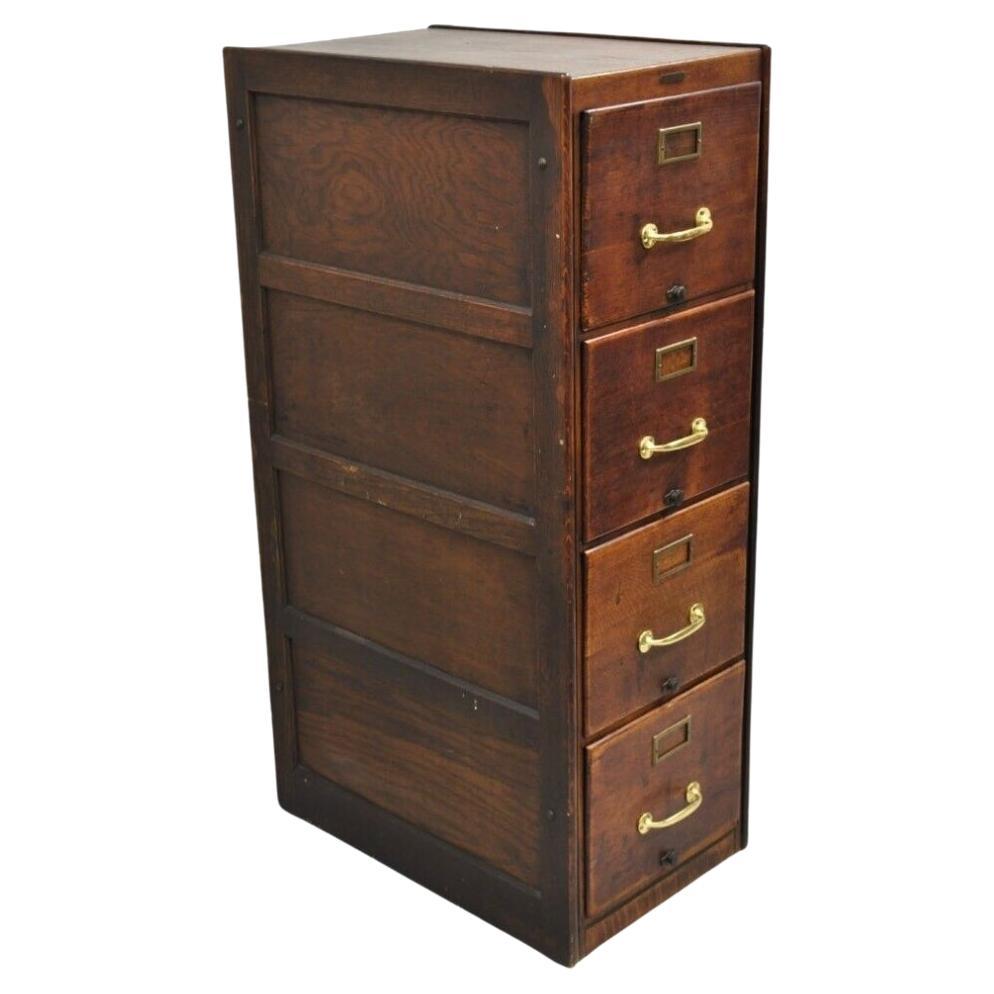
Potential Value and Collectibility of Vintage Filing Cabinets
Vintage wood filing cabinets are not just for storage. They often carry significant value and collectibility. Here’s what makes them potential treasures:
- Antique Appeal: Their age and unique design capture the attention of antique collectors.
- Rare Finds: Limited quantities and original features increase a vintage cabinet’s worth.
- Quality Craftsmanship: The superior workmanship seen in these pieces is rare today and highly sought after.
- Historical Significance: They represent a slice of history, a time when craftsmanship was highly valued.
- Aesthetic and Authenticity: The original patina and hardware of vintage cabinets are irreplaceable.
- Investment Potential: Well-preserved cabinets can appreciate in value over time.
So, when you choose a vintage wood filing cabinet, you may be investing in more than just furniture. You could be owning a collectible that grows in value and charm as the years go by. Whether for personal enjoyment or as a future heirloom, these filing cabinets can be a wise and delightful addition to your collection.
Where to Find and Purchase Vintage Wood Filing Cabinets
Finding the perfect vintage wood filing cabinet takes patience and a bit of know-how. Here’s where to start your search:
- Antique Stores: Your local antique shop is often a gold mine for vintage finds. Keep an eye out for quality wood filing cabinets that may come with a story.
- Estate Sales: These can be excellent places to discover well-preserved pieces at reasonable prices. Watch for sale announcements in your area.
- Online Marketplaces: Websites like eBay, Etsy, and Craigslist can connect you with sellers across the globe. Just be sure to check the seller’s ratings and reviews.
- Auctions: Both local and online auctions often feature vintage items. Be prepared to bid against others looking for unique pieces.
- Flea Markets: You might uncover a gem among the stalls of a bustling flea market. Haggling is part of the experience here.
- Thrift Stores: Occasionally, thrift shops receive donations of vintage furniture. Regular visits might reward you with the perfect cabinet at a bargain.
- Specialty Stores: Some shops focus on vintage office furniture; these are worth a visit if there’s one nearby.
When purchasing a vintage cabinet, examine its condition thoroughly and ask about its history. Ensure you’re equipped to transport it safely to its new home. Remember, part of the charm in vintage wood filing cabinets is their journey through time to you. Happy hunting!
